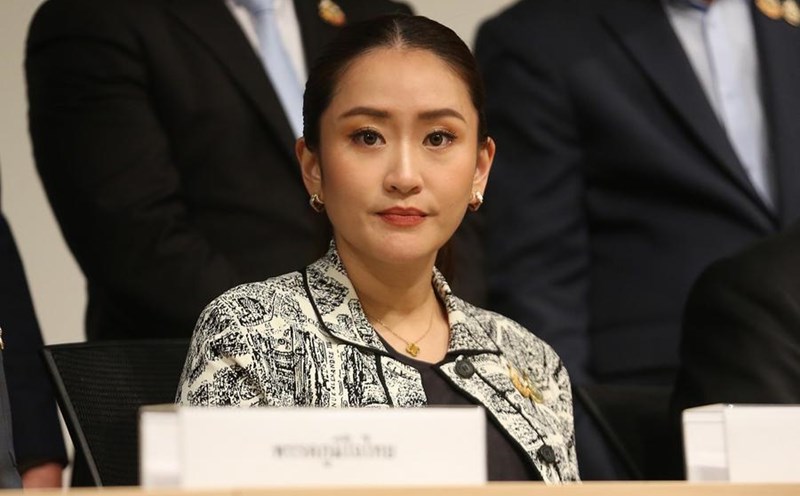Expectations are high for Rasmus Hojlund when Man United signed him for £72 million. However, the statistics and performances on the pitch show that the Danish striker has not really reached his potential.
Now, with Ruben Amorim leading the "Red Devils", Hojlund will have the opportunity to work with a coach who is famous for developing strikers and a typical example is Viktor Gyokeres at Sporting Lisbon.
Hojlund is one of the top talents in Europe but he is facing a team with no tactical cohesion. Man United currently lacks proper coordination and especially the ability to make the most of passes from both wings - a very important factor for a striker.
Satellites around Hojlund such as Garnacho, Antony and Rashford often tend to cut in instead of crossing the ball. This has led to Man United not really providing the ball well enough for the 21-year-old striker.
In the past 2 seasons, Man United has only been above Everton in terms of goals scored from crosses in the Premier League. This is a big problem, because Hojlund is like Gyokeres at Sporting, they are the type of striker who often scores in the box, where they best promote their acumen and finishing ability.
Therefore, it is no surprise that among the players who have scored 10 or more Premier League goals since the start of last season, Hojlund is among the players with the fewest touches in the opposition box per 90 minutes (4.1). In addition, equally worrying is that the Danish striker also has the fewest shots (1.5). In contrast to the above statistics, Haaland has an average of 7.1 touches and 4.5 shots per match.
In 55 appearances for Man United, Hojlund has gone 21 games without a single shot. The 21-year-old star has even gone many matches without touching the ball in the opponent's penalty area. In contrast, in half of his 63 games for Sporting, Gyokeres has had at least seven touches in the opposition box, averaging 10.2 per game in the last 16 months in the Primeira Liga.
Ruben Amorim has turned Viktor Gyokeres into one of the most dangerous strikers in Europe. At Sporting, the Swedish striker scored 66 goals in 68 matches - an incredible number showing the striker's ability to organize attacks and maximize the ability of the striker in Amorim's system.
What makes the difference is the way Sporting support Gyokeres. Amorim's 3-4-2-1 system helps full-backs and wingers continuously provide the ball to the highest striker in attack. Gyokeres always receives the ball in favorable positions to finish, completely different from Hojlund, who often receives the ball in midfield or in one-on-one disputes with the opposing centre-back.
Ruben Amorim will need to improve Man United's system to maximize Rasmus Hojlund's potential. One of the solutions is to use full-backs to create breadth in play, instead of relying on wingers to cut in.
One of the solutions is to let right wingers play on the right wing. This will help the crosses have more unpredictable trajectories and make it easier for the striker to run.
In addition, Hojlund needs to improve his mobility and body use. Erling Haaland is a typical example when he knows how to escape being together and use his strength when needed. If he can learn these skills, the United striker could become a bigger threat in the box.
Despite the struggles, Hojlund showed his potential in explosive moments, such as his impressive goal against Galatasaray in the Champions League last season. The statistics are also promising, with the Danish striker's chance conversion rate at 25.6%, higher than Haaland (22.2%) and Mohamed Salah (17.7%).
With Ruben Amorim's talent in developing strikers, Man United have reason to believe that Hojlund will become the Premier League's version of Gyokeres. It is important that the new Portuguese captain builds a system that provides maximum support for his striker - something the "Red Devils" have lacked over the past time. If they can do that, the futures of Hojlund and Man United could be worth waiting for.









